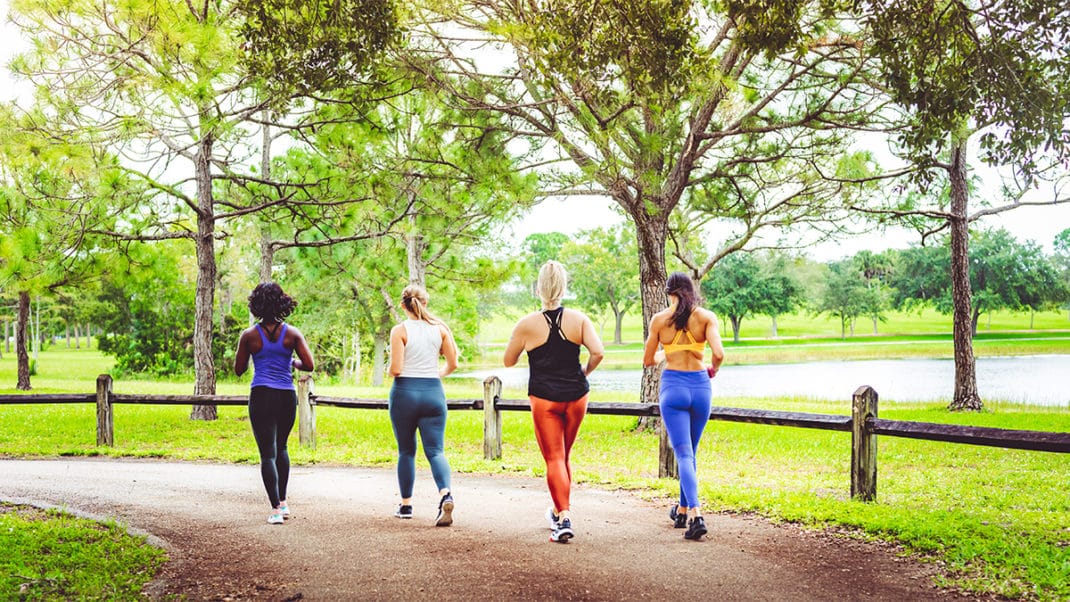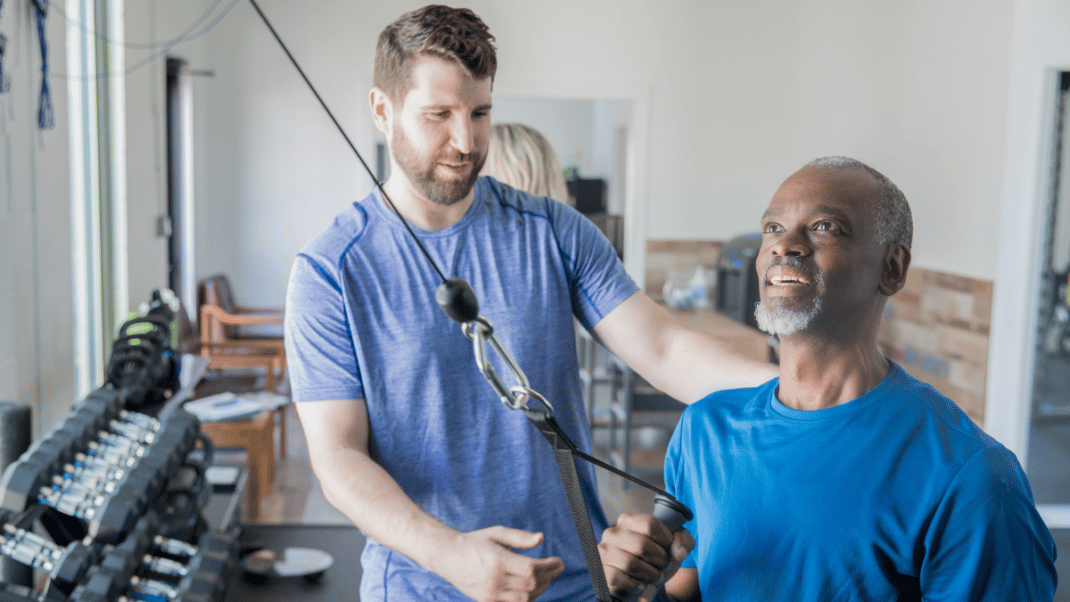Time Spent Outdoors Boosts Health, Fitness, and Well-Being

In an increasingly digital and fast-paced world, the call of the wild is more than poetic—it’s essential to human health. Emerging research shows that spending time outdoors is a profoundly powerful intervention for physical fitness, mental clarity, and emotional resilience. From reducing stress hormones to enhancing immune function, nature provides a holistic health strategy that’s both freely available and highly effective.
For fitness professionals, wellness coaches, and healthcare practitioners, understanding the science behind nature’s benefits opens new pathways to crafting sustainable, restorative fitness programs.
Nature as a Healing Environment
Nature serves as a potent healer for both body and mind. Research consistently shows that exposure to green spaces—such as forests, parks, gardens, and even urban greenery—has measurable benefits on health outcomes. According to a landmark study from the Harvard T.H. Chan School of Public Health, individuals living near green spaces reported significantly lower levels of depression, anxiety, and all-cause mortality compared to those surrounded by concrete-dominated environments (Harvard T.H. Chan School of Public Health, 2016).
Beyond emotional health, spending time in nature reduces physiological markers of stress, including cortisol levels, blood pressure, and heart rate (Mayo Clinic Press, 2023). These benefits are especially relevant today, given the modern epidemic of burnout, digital overload, and lifestyle-related chronic diseases. Nature also stimulates parasympathetic nervous system activity (the “rest and digest” system), promoting recovery, emotional regulation, and mental clarity.
For clients dealing with anxiety, depression, or high-stress lifestyles, regular exposure to natural environments could be a powerful adjunct to exercise therapy and behavioral interventions.

Exercise + Nature = Synergistic Health Gains
While exercise on its own is a cornerstone of good health, performing physical activity in outdoor settings appears to multiply its benefits. This concept, often referred to as “green exercise,” involves any form of physical activity conducted in natural environments—walking, running, cycling, hiking, yoga, or strength workouts in parks.
Research shows that green exercise can:
- Enhance mood and boost self-esteem more than equivalent indoor exercise
- Lower perceived exertion, making workouts feel easier and more enjoyable
- Improve adherence to exercise programs over time
- Decrease blood pressure and heart rate more effectively than urban or indoor environments
A study by the University of Essex found that just five minutes of green exercise could significantly uplift mood and self-esteem (Pretty et al., 2005; Psychology Today, n.d.). These findings suggest that the psychological rewards from exercising outdoors occur quickly, making even brief sessions valuable for clients with busy schedules.
For fitness professionals, incorporating nature into sessions—through trail running, park-based boot camps, or lakeside yoga—can boost client engagement, improve retention, and deliver enhanced physical and mental health benefits.
Immune Health and Inflammation
Time in natural environments doesn’t just improve mood—it also strengthens immune defenses. Trees release phytoncides—airborne antimicrobial compounds—that humans can absorb during activities like hiking, walking, or simply spending time in a forest. Research by Dr. Qing Li and others has shown that inhaling phytoncides significantly increases the activity of natural killer (NK) cells, which are critical for detecting and eliminating virus-infected and cancerous cells (Li, 2010).
Additionally, spending time in green spaces has been associated with reduced levels of systemic inflammation. Chronic inflammation is implicated in diseases such as heart disease, diabetes, and even depression, making nature exposure an essential preventive health strategy.
Incorporating regular outdoor activities can thus enhance the immune system naturally, offering protection against illness and speeding recovery after physical exertion or stress.

Gut Health and the Microbiome
Another surprising benefit of outdoor activity is its potential impact on gut health. The human microbiome thrives on microbial diversity, and exposure to natural environments introduces beneficial microbes that may help train and modulate the immune system.
Activities such as gardening, walking barefoot on natural terrain, or simply playing outdoors can expose individuals to healthy environmental microbes. This connection, sometimes referred to as the “Old Friends Hypothesis,” suggests that human immune systems evolved alongside natural microbial exposures, and the modern urban lifestyle may contribute to rising rates of autoimmune diseases due to lack of contact with diverse microbiota.
While direct research is ongoing, early evidence suggests that nature exposure promotes microbial diversity and resilience—benefits that align with overall improvements in gastrointestinal, immune, and mental health (Bratman et al., 2019).
Cognitive Performance and Focus
Nature doesn’t just nurture the body—it restores the mind. Exposure to natural settings has been shown to replenish what cognitive psychologists call “directed attention,” the ability to concentrate without mental fatigue.
Spending time in nature can:
- Improve short-term memory
- Enhance creativity
- Increase attention span and cognitive flexibility
A simple 20-minute nature walk has been found to restore focus and working memory comparable to a nap (Bratman et al., 2019). These cognitive benefits are critical for individuals under high cognitive demands, such as students, professionals, caregivers, and older adults at risk for cognitive decline.
For fitness professionals, this opens exciting opportunities: suggesting outdoor workouts or cool-down sessions not only supports physical fitness but also enhances clients’ mental sharpness and creativity.

How Much Nature Is Enough?
Just like exercise guidelines recommend a minimum amount of weekly physical activity, nature exposure has a dose-response relationship. A 2019 study published in Scientific Reports found that individuals who spent at least 120 minutes per week in natural environments experienced significantly better health and well-being outcomes compared to those who did not (White et al., 2019).
Importantly, the time could be accumulated across multiple shorter visits (e.g., 20-minute daily walks) or longer weekend excursions. This flexibility makes achieving the nature “dosage” highly feasible for most lifestyles.
Practical suggestions include:
- 20–30 minute walks in a park several times per week
- Outdoor fitness classes, such as yoga or boot camps
- Gardening or light yardwork as a form of active recovery
- Family hikes or green microbreaks during workdays
Even short exposures have cumulative benefits, and small changes in daily habits can lead to significant improvements in health over time.
Practical Tips for Fitness Professionals
To leverage the full power of nature in client programming:
- Program Outside Whenever Possible: Offer outdoor classes, walking groups, or trail running sessions when weather permits.
- Encourage Microbreaks in Nature: Advise clients to take short nature walks during lunch breaks or after work.
- Incorporate Nature into Goal Setting: Frame nature time (e.g., hiking, gardening, walking outdoors) as part of fitness, recovery, or mental health goals.
- Support Accessibility: Remind clients that nature benefits can be reaped from neighborhood parks, greenways, or even small gardens—not just wilderness areas.
- Educate About the Science: Sharing the evidence behind nature’s benefits can enhance client buy-in and motivation.
By building these strategies into coaching and training, fitness professionals can support more holistic, restorative, and sustainable client outcomes.
The Nature Prescription
Nature is not a luxury—it’s a necessity for full-spectrum health. In a world where stress, screen time, and sedentary behavior dominate, reconnecting with the natural world offers a profound antidote.
For fitness professionals and wellness educators, encouraging clients to step outdoors is a powerful, accessible intervention that enhances physical health, cognitive function, emotional well-being, and immune resilience. Best of all, it requires no fancy equipment, memberships, or high costs—just a willingness to move, breathe, and be present in the world beyond walls.
Whether it’s five minutes or a full afternoon, the prescription is clear: Go outside. Move your body. Let nature do the rest.





